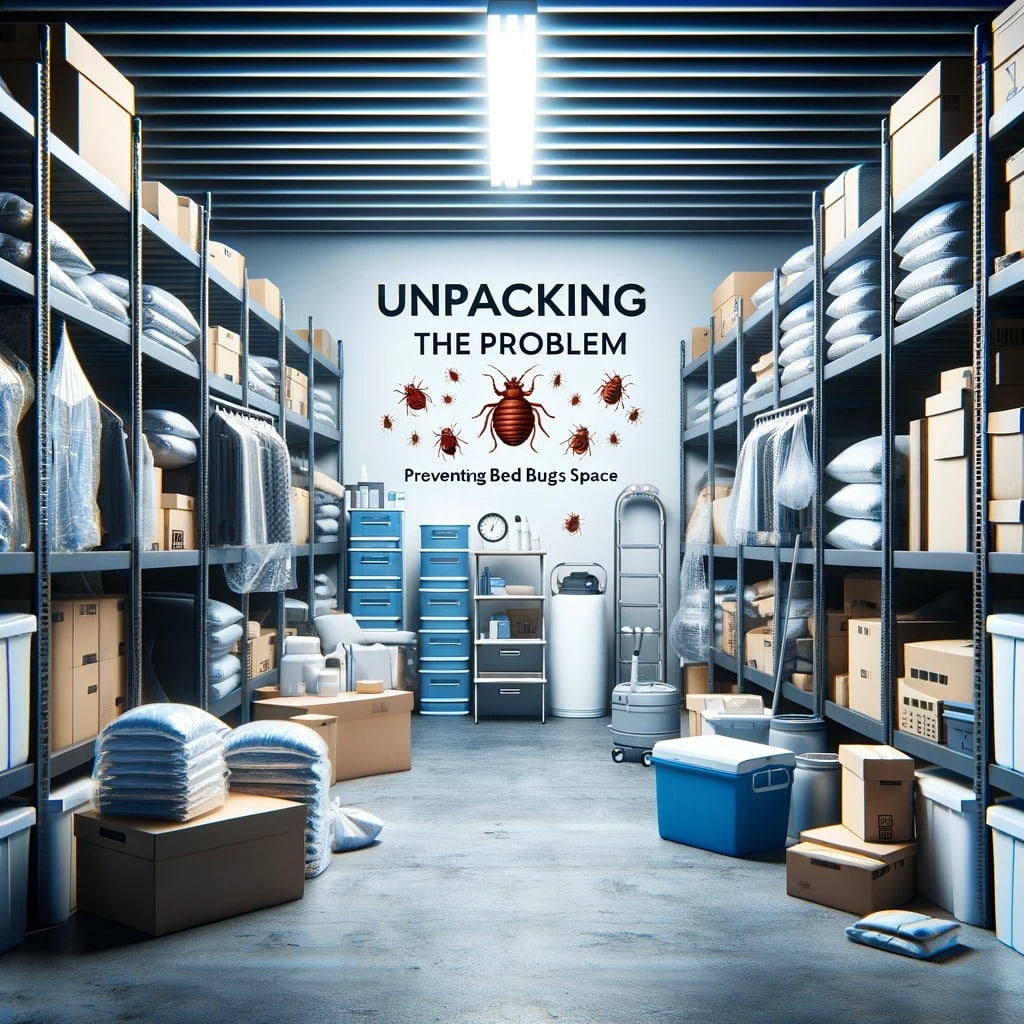Managing apartments means juggling lots of moving parts, and communication with residents should be seamless—without extra work for you. With the right tools, you can make resident outreach feel effortless, organized, and personal. Let’s dig into tools that give property managers real-time responses, clear record-keeping, and happier residents—all in one place.
Centralized Messaging Platforms for Fast & Organized Responses
A single inbox where you manage all resident messages—email, text, app chat—makes life simpler. Systems like Buildium Messages, AppFolio’s Resident Center, or simple community apps bring communication threads together so nothing slips through the cracks. When a resident asks about a repair or policy update, you reply fast and professionally without switching between platforms.
These tools help you segment conversations by topic—maintenance, move-ins, lease questions—keeping everything tidy. You’ll see at a glance which issues are open, which ones are resolved, and which might need a follow‑up. This kind of clarity stops messages from slipping through and lets your team hit goals quickly.
Automate Routine Notices Without Losing the Personal Touch
Sending automatic reminders for rent payments, inspections, or community events saves hours, but you don’t have to sacrifice warmth. Most property software allows you to customize message templates—include your building’s friendly sign‑off, a nod to local events, or a note tailored to a resident’s situation. Those small touches keep communication personal.
The best tools let you schedule these notices at the right time. Remind residents of a lease renewal two weeks before it’s due, or let them know about a fire‑alarm inspection a week in advance. All of this happens automatically, but it still feels like you wrote the message personally. That’s the kind of efficiency that keeps your day running smoothly.
Resident Portals That Let Them Do the Talking First
A self‑service resident portal empowers residents to submit work orders, ask quick questions, or update information without calling your team. Platforms like TenantCloud, Hemlane, and Cozy let residents track requests, upload photos of problems, or even review payment history.
When things are documented clearly—photos, timestamps, notes—it becomes easier for your team to respond accurately. You spend less time on back‑and‑forth clarifications. Meanwhile, residents appreciate the transparency and control. You’re not just responding—you’re giving them tools to help themselves.
Two-Way SMS Messaging Cuts Through Inbox Overload
Emails get lost, voicemails get ignored, but SMS gets attention. Tools like Textedly or Podium integrate with property management platforms to let you send and receive texts linked to specific units. A resident can text “leak in bathroom” and your team sees that tagged to their file. Everything is searchable, and you know exactly who reported what.
You also reduce phone tag. Replies arrive instantly, and because everything syncs to resident records, you avoid playing “who is this?” games. Quick response builds trust, and you build it using the tools you have on your phone.
Mobile Apps Offer On‑the‑Go Convenience
When your property team needs to be everywhere at once, mobile apps make it possible. Managers and service teams can use apps to get alerts when residents send messages, launch work orders on the spot, or attach photos after an inspection. Apps from AppFolio or Propertyware turn your phone into a command center, letting your team respond faster than ever.
These apps also send push notifications—so residents know you’re listening. If the water is going to be off at 3 pm, spike a push alert to their phone instead of sending an email that might be missed. They see it, they know you told them, and it leaves less room for confusion or complaints.
Scheduling Tools to Site Inspections or Community Events
Coordinating inspections, viewings, and community events gets tricky fast. Integrate simple scheduling tools like Calendly or Acuity with your property software. Instead of emailing back and forth, a resident clicks your calendar link and picks a time that works. You get time blocked on your end automatically.
If you hold resident‑appreciation events, these tools let you create RSVP links that feed right into reports. You know who’s coming, who isn’t, and who hasn’t replied—all without checking dozens of emails. The best tools also send reminders and let residents reschedule without calling you.
Maintenance Dashboards with Resident Transparency
When a resident requests a repair, it’s nice for them to know where things stand. Modern platforms offer resident‑facing dashboards showing work‑order status: submitted, assigned, in progress, completed. Residents appreciate knowing their request is being handled.
As a manager, you benefit too. Your staff sees everything in one place—assignment, notes, time stamps—and fix issues faster. When a contractor visits, they don’t have to check with you first. They’re already looped in. Everyone wins.
Chatbots That Handle Simple Inquiries
Residents often ask the same questions: “What time is rent due?”, “Do you accept dogs?”, “How do I pay my lease?” Chatbots on your website or portal can field these requests 24/7. They pull from your FAQ sheet and guide residents to answers quickly, or escalate to a human when needed.
Because the bot logs conversations, you gather data on top questions—letting you refine messaging or policies proactively. It also frees your team to focus on what really needs attention instead of repeating answers to routine questions.
Unified Reporting: Measure What Counts
When your communication tools feed data into a dashboard, you gain insights. You can compare response time before and after implementing two‑way SMS, or track resident satisfaction on work orders. Monthly reports show what’s working—and what’s not.
If a tool shows that most resident messages come in after 6 pm, you might shift part‑time staff to evenings. If late‑rent reminders get better responses over text than email, you double‑down on SMS. Having the data empowers smarter decisions, not just guessing.
Integrations Are Key—Avoid the Patchwork Trap
One-off apps for texting, scheduling, and inspections can work—but when they don’t talk to each other, you get trapped in extra tasks. Dozens of platforms offer open integrations or connect via Zapier. The goal is one resident record that syncs across messaging, billing, portals, and maintenance.

The integration payoff? Every message, payment, or request shows up in one place automatically. Staff avoid bouncing between systems, and you build a single source of truth. That kind of operational smoothness keeps apartments running like clockwork.
Start Small, Scale Up Organically
Don’t try to overhaul everything overnight. Pick one aspect—like two‑way SMS or automating rent reminders—and roll it out first. Send a short email to residents, explain the change. Track resident feedback and internal team performance. Fix any issues before adding more tools.
Once you see stronger response rates or fewer phone calls, layer in the next feature: maintenance portal, scheduling link, chat bot. This staged approach makes adoption easier for staff and residents. It’s also less expensive—and proves ROI at each step.
Make Every Message Feel Human
Automation doesn’t have to feel robotic. Use residents’ names in messages, mention specifics like their apartment number or upcoming inspection. If a service request took longer than usual, apologize and explain what delayed it. These small moments build trust.
When your messaging tools store your tone and history, you can show empathy through automation. You’re not being fake—you’re being efficient while caring. That’s the sweet spot: systems that work like people, not replacements for real conversation.
You’re not managing apartments—you’re guiding communities. The right tenant communication tools remove friction, build trust, and give your team the bandwidth to care for residents. Start with one high‑impact feature, integrate it into your daily work, and you’ll see smoother operations, fewer complaints, and happier residents—all without extra work.





